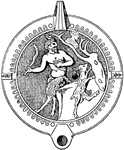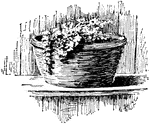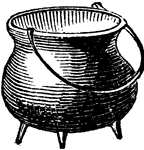Clipart tagged: ‘pan’

Deflection of Wood Using Known Weights
"Place a known weight (say 100 g.) in the scale-pan, and to this weight add the weight of the clevis…

Faunus
"Sylvanus and Faunus were Latin divinities, whose characteristics are so nearly the same as Pan that…
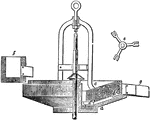
Hungarian Mill
"This consists of a cast-iron pan a, having a shallow cylindrical bottom b, holding 50 lb of mercury,…
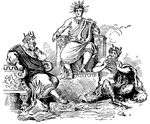
Midas
"Bacchus offered Midas his choice of a reward, whatever he might wish. He asked that whatever he might…
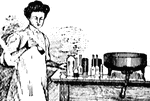
Mixing Milk
A woman mixing milk with acid to test it, using a rotary motion with the bottle not pointed towards…
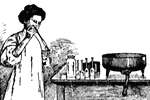
Testing Milk
A woman putting milk into a test bottle. The pipette is held at an angle with the test bottle and its…
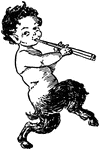
Pan
Pan in Greek religion and mythology, is the companion of the nymphs, god of shepherds and flocks, of…
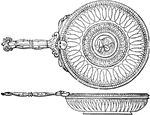
Patera
"The patera was a broad and comparatively shallow bowl used for libations, and also for drinking out…
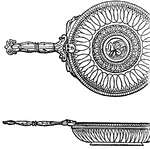
Patera
"A round plate or dish. The paterae of the most common kind were small plates of the common red earthenware,…

Sylvanus
"Sylvanus and Faunus were Latin divinities, whose characteristics are so nearly the same as Pan that…
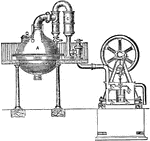
Vacuum-pan
"The vacuum-pan is in universal use in all European sugar-refineries, and in all well-provided sugar-plantations.…





